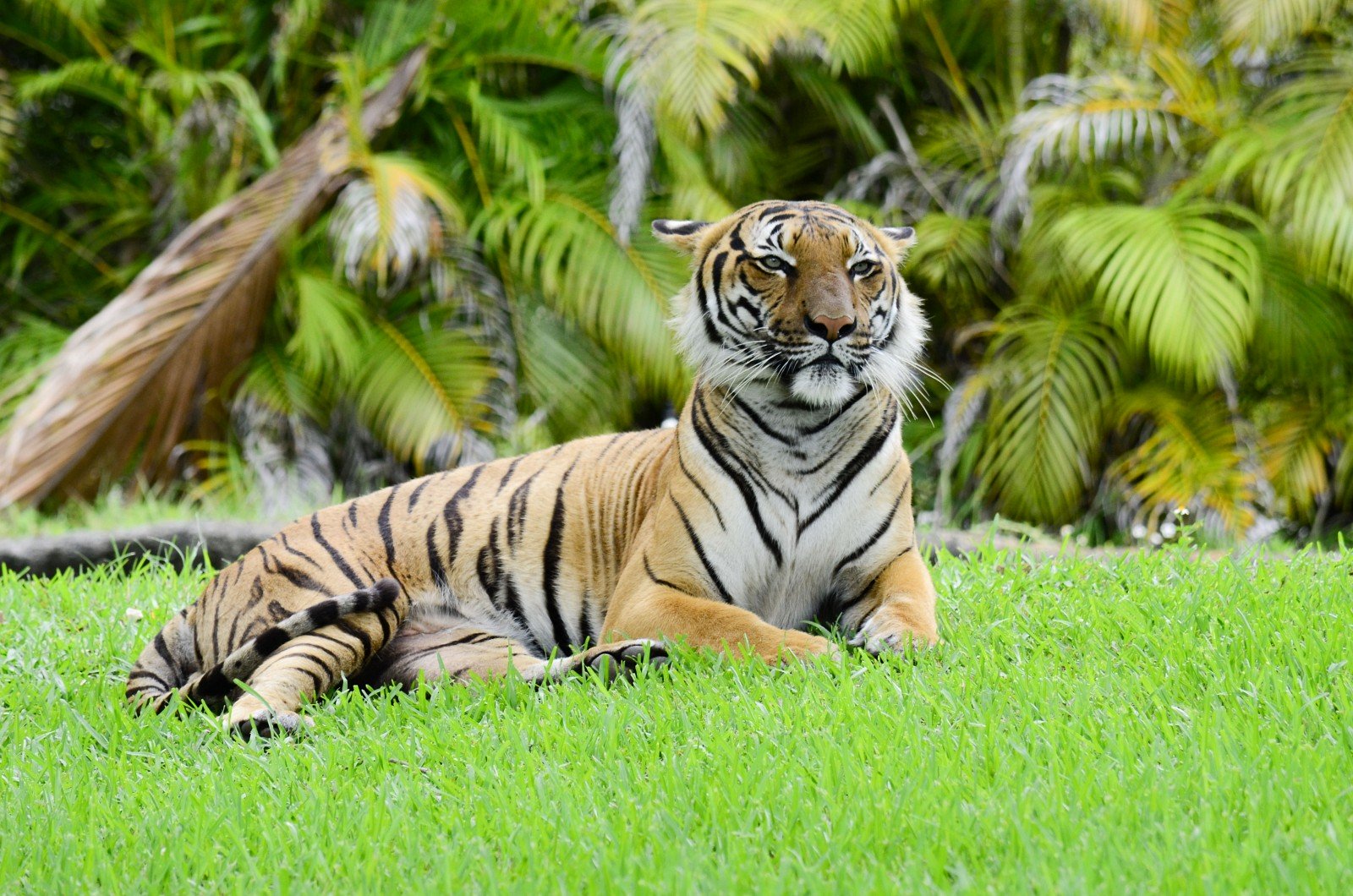Majestic Roar: The Enigmatic Bengal Tigers of Zoo Miami and Their Role in Conservation

The Bengal tiger, also known as the Royal Bengal Tiger, is one of the world's most gorgeous and awe-inspiring animals. These large cats are mostly found in India, although they are also found in other parts of Asia. These tigers are endangered in the wild due to habitat loss and poaching. They can, however, be seen and admired in zoos such as Zoo Miami. The Bengal tiger at Zoo Miami will be discussed in this essay, covering their habitat, diet, behavior, and conservation activities.
Habitat
Bengal tigers can be found predominantly in India, but also in Nepal, Bhutan, and Bangladesh. They live in a variety of environments, such as tropical and subtropical forests, grasslands, and wetlands. As top predators in their environment, they require a lot of area to wander and hunt in the wild. The tigers at Zoo Miami are kept in a specially designed enclosure that is as close to their native habitat as possible. The tigers can explore the enclosure's rich forest, water features, and numerous sorts of terrain.
Diet
Bengal tigers are carnivores that prey on huge ungulates like deer, wild pigs, and water buffalo. They have also been observed feeding on smaller creatures such as monkeys, birds, and fish. The tigers at Zoo Miami are fed a diet that closely resembles their natural diet in the wild. They are fed various meats such as beef, chicken, and horse meat. Enrichment activities, such as puzzle feeders, are also provided to the tigers in order to stimulate natural hunting tendencies.
Behavior
Male Bengal tigers have territories that might cover hundreds of square kilometers, making them solitary beasts. Females have territories as well, but they are less in size. Tigers are crepuscular in the wild, meaning they are most active between dawn and twilight. They are also known to be superb swimmers who can swim large distances. The tigers at Zoo Miami are given lots of area to roam and explore in captivity, allowing them to exhibit natural activities like stalking, pouncing, and swimming.
Conservation Initiatives
The International Union for Conservation of Nature has classified Bengal tigers as endangered (IUCN). Poaching and habitat loss are the two most serious dangers to their survival. There are various conservation measures in place to safeguard Bengal tigers in India, where the majority of the world's Bengal tigers may be found. These activities include habitat conservation, anti-poaching patrols, and community education programs. Zoos, such as Zoo Miami, play a vital role in conservation efforts in captive by participating in breeding programs and increasing awareness about the risks to the species.
Zoo Miami participates in the Species Survival Plan (SSP) for Bengal tigers, a program meant to maintain and conserve captive populations' genetic diversity. The SSP organizes breeding efforts between different zoos to ensure genetic variety and a healthy population of tigers in captivity. In addition to breeding activities, Zoo Miami participates in conservation education programs aimed at raising awareness about the risks that Bengal tigers face in the wild and encouraging conservation actions.
The Bengal tiger is a wonderful species that is threatened in the wild. They can, however, be enjoyed and studied in captivity in a safe and controlled environment. Zoos such as Zoo Miami play a key part in the species' conservation efforts, both through breeding programs and educational campaigns. By our efforts, we can ensure that the Bengal tiger will be around for future generations to enjoy and admire.